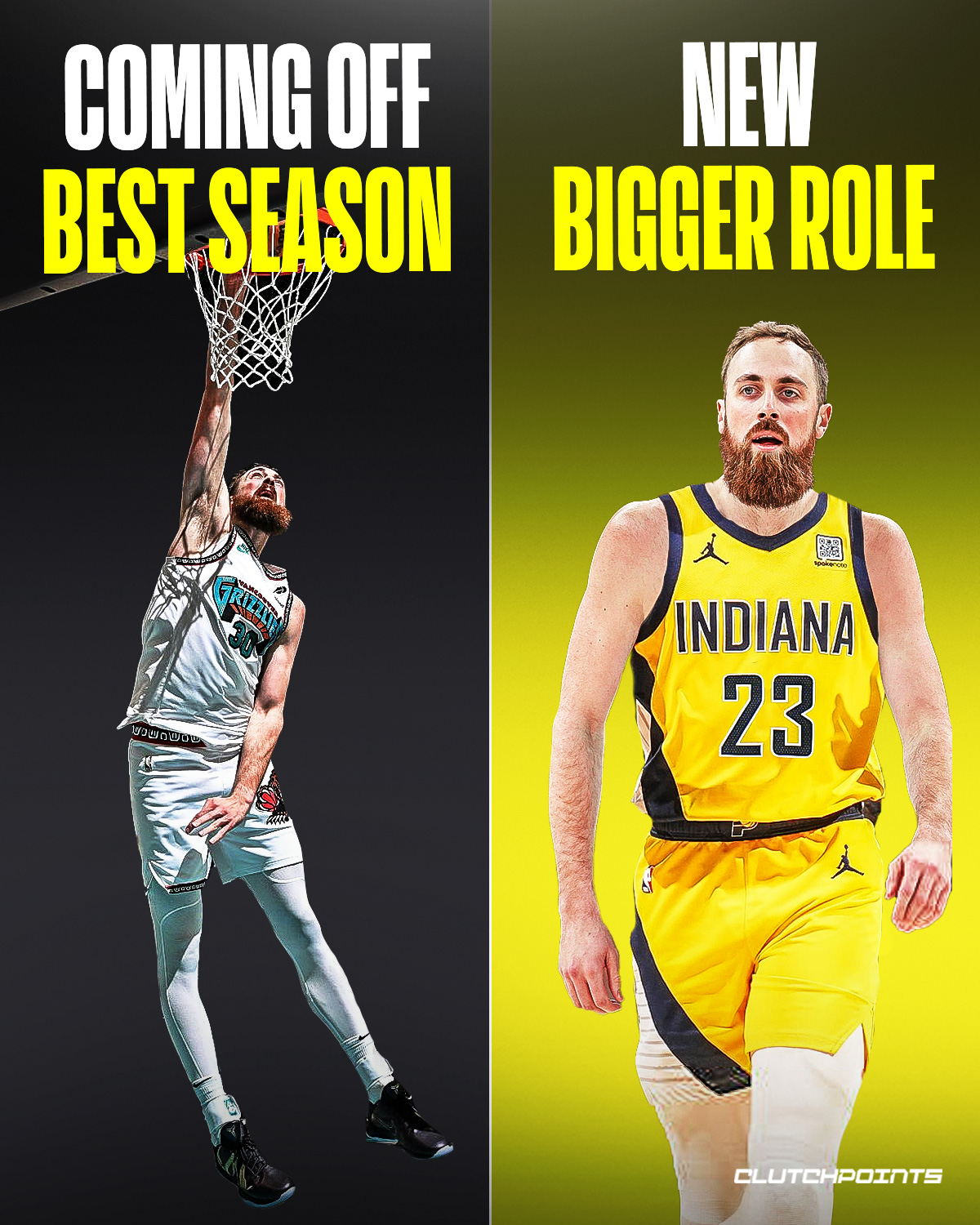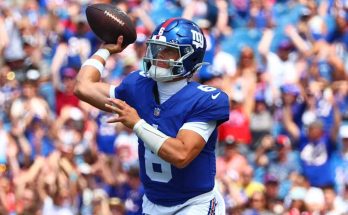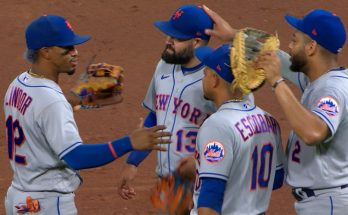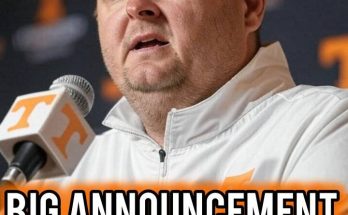After years of bouncing around the fringes, Jay Huff is officially leveling up, now with the Indiana Pacers and a new, expanded role that’s finally matching his game.
For much of his professional journey, Jay Huff has existed in that strange, liminal NBA space reserved for players who are too good for the G League but not quite established enough to secure consistent playing time in the league itself. He’s been the epitome of the “on the cusp” player—always present in training camps, summer league rosters, and 10-day contracts, but never quite sticking. That’s changing now.
The Indiana Pacers, a franchise on the rise themselves, have recognized something in Huff that other teams may have overlooked or undervalued: a unique combination of size, shot-blocking instincts, floor spacing, and basketball IQ that’s tailor-made for the evolving demands of the modern NBA. With a roster that prizes versatility, fast-paced offense, and team-oriented defense, Indiana has provided Huff the environment he needed—not just to survive, but to thrive.
Huff’s story isn’t the typical one. He wasn’t a lottery pick. He didn’t arrive in the league with a cloud of hype or viral mixtapes. He came up the hard way, through four years at the University of Virginia under coach Tony Bennett, where he was a late bloomer even at the college level. Huff played sparingly early in his college career, and even by the time he became a regular contributor, he wasn’t the focal point of the team. But anyone who watched Virginia closely could see the raw ingredients: a legit seven-footer with soft shooting touch, excellent timing as a shot blocker, and a strong grasp of team defense.
That skillset, while intriguing, didn’t immediately translate to NBA success. Huff went undrafted in 2021, entering the league at a time when centers who weren’t elite rim-runners or unicorn passers had little room to grow. He found brief stints with the Los Angeles Lakers and Washington Wizards, logging minimal minutes while mostly showcasing his abilities in the G League. And showcase he did. Huff was a two-time G League Defensive Player of the Year, anchoring defenses, protecting the rim, and even stepping out to the perimeter when needed. But the phone call to full-time NBA minutes kept not coming.
In a different system or on a team with a tighter rotation, Huff might still be waiting. But the Pacers, known for giving overlooked players a real shot, extended a meaningful opportunity. And this time, Huff grabbed it with both hands.
Indiana has been quietly building a roster full of athleticism, intelligence, and floor spacing under head coach Rick Carlisle. With a high-octane offense led by All-Star point guard Tyrese Haliburton and a supporting cast that includes the likes of Bennedict Mathurin, Jarace Walker, and Myles Turner, the Pacers have the luxury of blending youth and experience. For Huff, this context couldn’t be more ideal.
The coaching staff didn’t ask him to be anything he’s not. They didn’t demand he turn into a 20-point scorer overnight or play above his strengths. Instead, they carved out a role that fit like a glove. Huff’s responsibilities are clear: protect the rim, crash the glass, communicate on defense, and space the floor with pick-and-pop threes. It sounds simple, but in a league that often chases upside at the expense of fit, that clarity is refreshing—and critical to his emergence.
Huff’s shot-blocking is his calling card. With a 7’1″ frame and a massive wingspan, his timing and instincts allow him to erase shots without fouling. He’s not a gambler; he doesn’t chase blocks at the expense of positioning. Instead, he understands verticality, stays grounded, and uses his frame to control space in the paint. In Indiana’s system, that defensive anchoring gives perimeter defenders the confidence to press up on shooters, knowing Huff has their back if they get beat.
But defense is only part of the equation. Offensively, Huff has added value in ways casual fans might not expect. He’s not just a traditional big man who clogs the lane. He’s become a legitimate pick-and-pop threat, regularly stepping out to hit threes at a respectable clip. That ability stretches defenses, pulling opposing bigs away from the rim and opening up driving lanes for Haliburton and others. It’s a dynamic that fits perfectly within Indiana’s pace-and-space philosophy. While Huff won’t often create his own shot, he doesn’t need to—his efficiency, smart positioning, and willingness to keep the ball moving are more than enough to keep him valuable on that end.
Perhaps more quietly—but just as importantly—Huff brings maturity and poise to a young locker room. Having bounced around, spent time developing in the G League, and stuck with the process through frustration and uncertainty, he plays with a grounded focus that’s easy to overlook but invaluable to a team with playoff aspirations. He doesn’t chase stats. He doesn’t play hero ball. He simply does his job, every possession, every night.
The payoff has started to show not just in his minutes, but in how the team responds to him on the floor. There’s a trust developing between Huff and his teammates. Guards are looking for him in the pick-and-roll. Wings rotate back on defense with the expectation that he’ll clean up any mistakes. Coaches don’t hesitate to plug him into critical lineups. And fans—many of whom may not have even known his name a season ago—are beginning to understand his value.
That journey, from the margins of the league to an essential piece of a playoff team’s rotation, isn’t just a feel-good story. It’s a reflection of persistence, development, and smart team-building. The Pacers saw what others didn’t—or weren’t patient enough to cultivate—and they’re reaping the rewards.
Huff’s breakthrough also speaks to the changing landscape of the NBA. As offenses become more complex and the line between positions continues to blur, the value of players who can do multiple things—defend, shoot, pass, and understand schemes—is skyrocketing. The game now rewards versatility over brute force, intelligence over flash. Huff, with his blend of modern skills and old-school fundamentals, fits this new mold perfectly.
There’s still room for growth. Huff isn’t a finished product, and neither are the Pacers. But that’s the point. This is a partnership built not on short-term gains but on long-term potential. If the early returns are any indication, both Huff and Indiana have plenty to look forward to.
Perhaps most importantly, Huff’s journey is a reminder to players everywhere that the road to NBA success isn’t always direct. Some take the lottery-pick route. Others, like Huff, have to climb slowly, season by season, inch by inch. But when the opportunity comes, it doesn’t matter how you got there—only what you do with it. And Jay Huff is doing more than just sticking around. He’s leveling up, claiming a role that’s finally worthy of the game he’s been quietly perfecting all along.
For Indiana, he’s no longer just a depth piece or developmental prospect. He’s a weapon. A stabilizer. A difference-maker. And for Huff, the transformation isn’t about becoming someone new—it’s about finally being seen for who he’s been all along.



